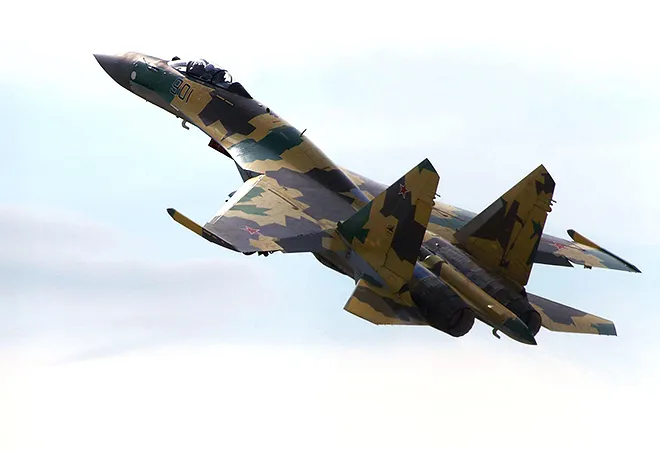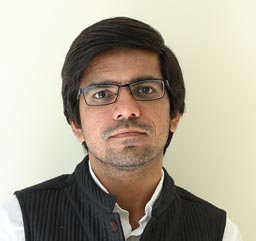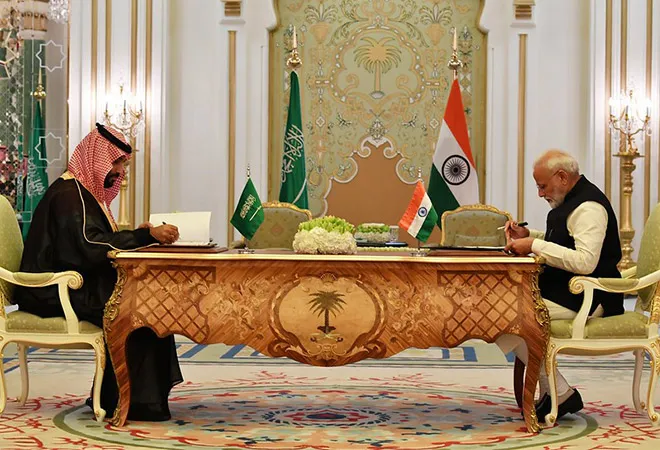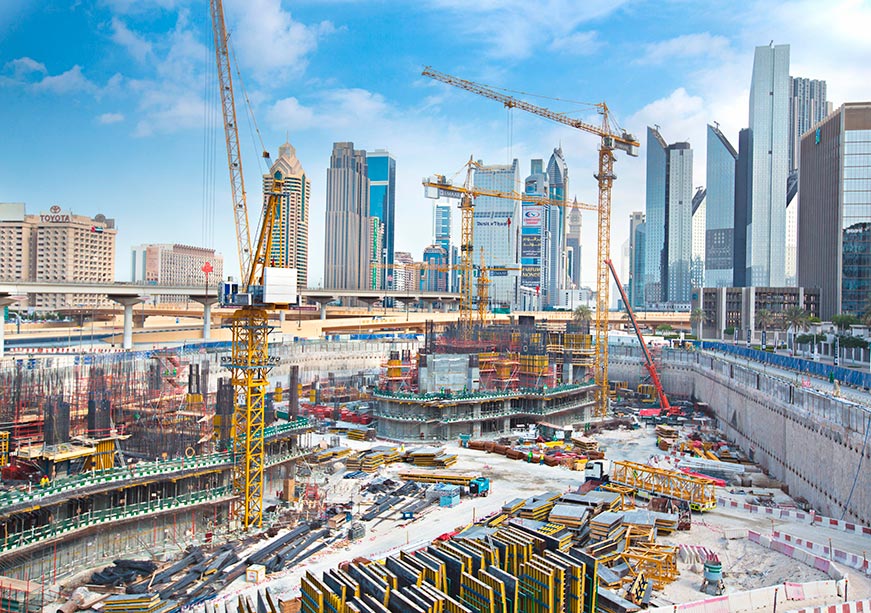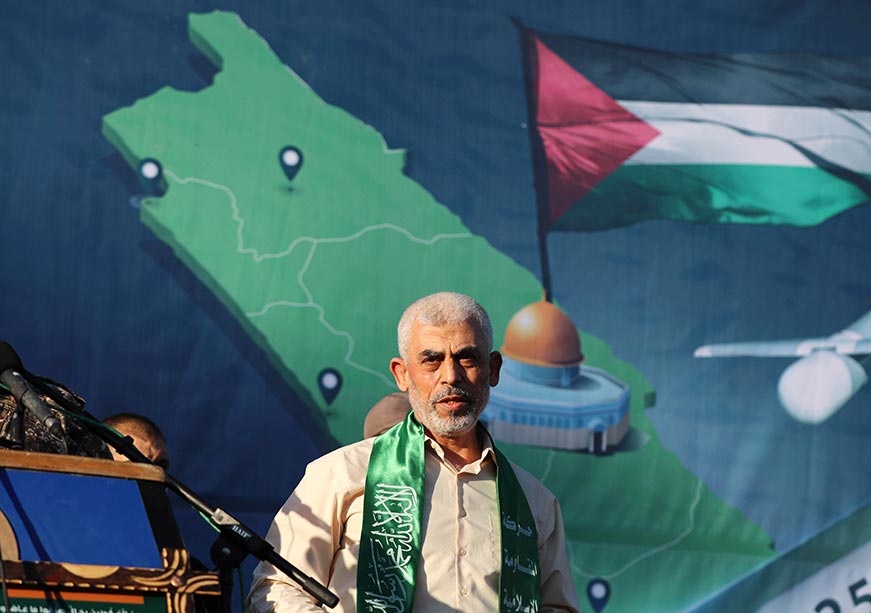With Western actors preoccupied with the Ukrainian crisis, the Middle East may be heading towards a significant time of churn in 2023
As much of the West’s political capacities get bogged down with the crisis in Ukraine and the return of a Cold War-like geopolitics between Washington and Moscow, other areas of contention that were taking precedence only a few months ago, like Iran, have taken a back seat. During this period, in light of the war, ties between Russia and Iran have used the prevailing situation as an incubator to further the bilateral. According to reports, Iran is expected to receive new Sukhoi 35 fighter aircraft from Russia. When delivered, these jets will be the first major purchase by Tehran for its ageing air force fleet which currently, and perhaps ironically, still includes old American airframes from the pre-1979 Revolution era such as F-14s and F-5s along with older Soviet-made MiG-29s delivered in the early 1990s. Iran has been subjected to stringent sanctions over the decades, severely depleting its ability to purchase weapons from abroad. However, the silver lining for Tehran has come in the way of robust domestically sustained industries, specifically in the realm of defence, that manage to keep the country’s aged military infrastructure up and running with little outside help.
Iran has been subjected to stringent sanctions over the decades, severely depleting its ability to purchase weapons from abroad.
Iran has been subjected to stringent sanctions over the decades, severely depleting its ability to purchase weapons from abroad.
Arguably, the pinnacle of this outcome has been the country’s indigenous drones programme. Iranian-made Shahed-136 drones, provided by Tehran to Moscow for use in Ukraine, became a symbol of Iran–Russia bonhomie at a time when the Kremlin was struggling to gain significant military wins in the conflict, and others, such as Türkiye, were providing Kiev with its now globally successful Bayraktar TB-2 drones. The Iranian government maintains that it is not taking sides in the conflict, which may be true strategically, but tactically, the evidence points to the contrary. However, the Su-35s are expected to add a significant boost to Tehran’s conventional arsenal. Geopolitically, the jets themselves tell a story of the volatility and constantly shifting interests in the region. Originally meant for Egypt, the Su-35s are being seen as Russian repayment for a consistent supply of drones by Iran (Moscow – Tehran cooperation on drones pre-dates the Ukraine war). From an Egyptian perspective, the Su-35s were an add-on to the country’s fleet of Russian MiG 29s, both being inducted due to Washington’s unwillingness to sell Cairo F-15s (a demand standing since the 1970s), in part owing to the country’s chequered human rights record. The US has been criticised for allowing partner states in the region to hedge their interests with the likes of Moscow and Beijing by taking too long in making strategic decisions. Iran’s move towards a degree of modernising its frontline fighter aircraft fleet comes at a time when the Middle East (West Asia) is staring down towards a complete collapse of the Iran nuclear agreement (JCPOA) and attempts to revive the same. The outreach to Iran by the West is perhaps at its lowest juncture, with the United States (US) saying it would, by all means, disallow Iran from gaining nuclear capabilities to the European Union (EU) looking to brand the Islamic Revolutionary Guard Corps (IRGC) as a terror organisation. With European capitals and the US overwhelmed with the reality of a war returning to Europe, the Middle East may be heading towards a significant time of churn in 2023, including a possibility of the region going nuclear, and this does not only elude to Iran’s nuclear programme, but others in the region as well pursuing nuclear energy.
Saudi Arabia, which still has a fractious relationship with the administration of US president Joe Biden, works closely with Russia as part of the OPEC+ construct, influencing global oil pricing.
Saudi Arabia, which still has a fractious relationship with the administration of US president Joe Biden, works closely with Russia as part of the OPEC+ construct, influencing global oil pricing.
The US remains the most influential power in the region, however, others such as China and Russia have made their own inroads. For example, while the United Arab Emirates (UAE) remains one of the closest allies of Washington in the region, it baulked initially when it came down to voting against Moscow’s aggressions at the UN. This was backed by the fact that a lot of Russian money trying to escape the war and Russian President Vladimir Putin’s grab along with skirting sanctions ended up in places like Dubai, boosting the Emirati economy. On the other hand, Saudi Arabia, which still has a fractious relationship with the administration of US president Joe Biden, works closely with Russia as part of the OPEC+ construct, influencing global oil pricing. Along with this, most capitals in the region are looking to not get caught in the middle of future big power rivalries, specifically between the US and China. The above, interestingly, includes Israel, America’s ‘all-weather ally’ in the region. With the return of Benjamin Netanyahu to power with a coalition of far-right political parties in tow, Israel is expected to harden its posture against Iran in the coming year. With the news of Su-35s, Israel is already said to have approached the US for the purchase of 25 F-15EX aircraft, an advanced variant of the airframe already in extensive use by the Israeli Air Force (IAF). This purchase is specifically intended to build capacity to strike Iran’s heavily defended nuclear sites. Israel already operates the most advanced fighter aircraft in the region, the stealth F-35 Lightening II, and to maintain its military superiority, with its new political composition in a leadership role, may continue to be one of the issues stalling the UAE from attaining the same capabilities despite both signing the historic Abraham Accords in 2020. This shows that a level of divergence may always remain beyond the surface of Israel–Arab rapprochement. Both Israel and the US, although having differences over the political trajectory of the former in the recent past, are also conducting the largest-ever bilateral military exercise, with the US showing its full support behind Israel’s regional security interests. On the sidelines of the exercise, a senior US defence official has said that “Iran will not be allowed to go nuclear, period”.
Both Israel and the US, although having differences over the political trajectory of the former in the recent past, are also conducting the largest-ever bilateral military exercise, with the US showing its full support behind Israel’s regional security interests.
Both Israel and the US, although having differences over the political trajectory of the former in the recent past, are also conducting the largest-ever bilateral military exercise, with the US showing its full support behind Israel’s regional security interests.
The unravelling of diplomatic efforts to engage with Iran had arguably been slowly running out of steam for some time, and the conflict in Ukraine has added a spring in the heels of Russia–Iran cooperation. With China remaining a silent outlier for now, despite having deep ties with both Moscow and Tehran, this defence cooperation may bring benefits for both parties in the time to come despite a complex diplomatic relationship that includes Russian presence in Syria as a point of contention. With domestic political compulsions out of the way for now, Biden has a window to restrengthen his position amongst traditional partners in the region. And with him continuing Trump’s bullish policies against Iran rather than the Obama-era approach of offering a buffet of carrots, the US taking a harder approach will be palatable in the region. However, the jury is still out on what the coming year looks like for the Middle East. Iran has consistently postured towards taking talks forward, while also continuing its strategic and tactical policies and not ceding any space in these areas of its interests. 2023 may witness an inflection point in the region, moving away from the prevailing status quos, specifically if there are significant strides made by Tehran with its nuclear programme. While Israel previously has covertly targeted the programme inside Iran, often at its own will and pace, there has been a period of lull with such operations, raising questions on where talks with Tehran stand today, and what the future holds for diplomacy which has been short-changed by strategic mistakes by both the US and Iran alike.

